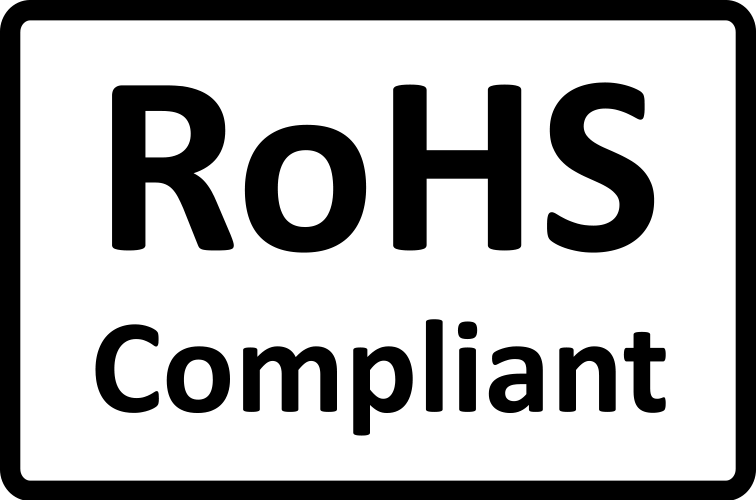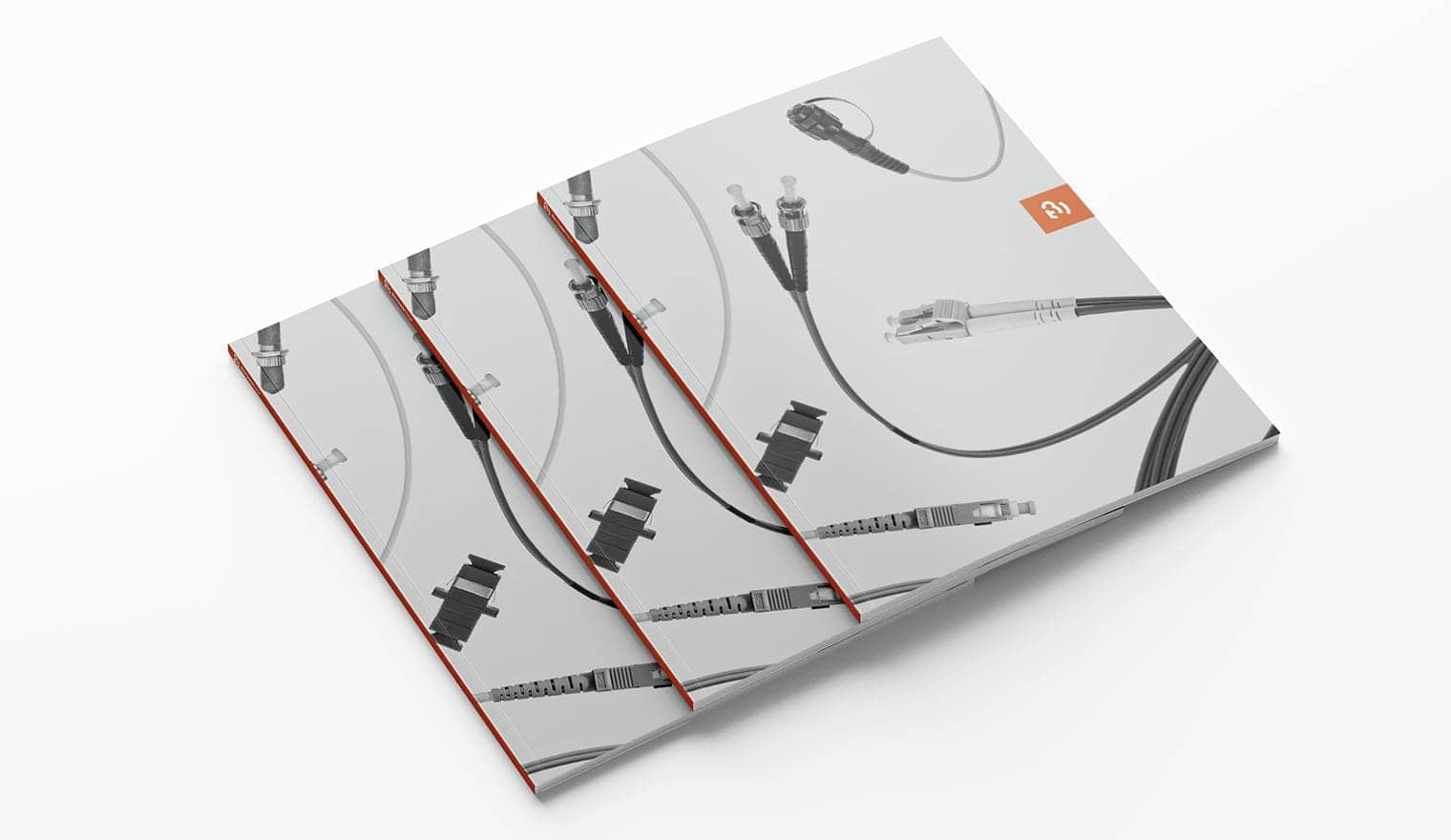Contact Beyondtech for Backorder
Same day shipping orders must be placed before 9:30AM EST




LC UPC to SC APC OS1 Single Mode Simplex Fiber Patch Cable / TAA Compliant
$4.77
Manufactured and Ready to Ship by Beyondtech
Due to Hight Demand, this product is unavailable - Click on the Chat above and we help you on the Request.
Estimated delivery date (US Orders only):
- One-Day Shipping:
- Two-Day Shipping:
- Standard shipping: -




SC to LC OS1 Hybrid Fiber Patch Cord - Beyondtech PureOptics Fiber Cables
- The telecom high-quality 9/125 OS1 Singlemode fiber supports voice, data, and video services.
- Our OS1 SC to LC is suitable for challenging data transmission demands. It is mainly manufactured for data centers, premises, Fast Ethernet, Gigabit Ethernet Speeds, Fiber Channel, educational, LAN, WAN, and SAN 10GB networks, as well as for Asynchronous Transfer Mode (ATM) applications.
- They meet ANSI/EIA/TIA standards, comply with RoHS environmental standards, and conform to ITU-T G.652A or ITU-T G.652B and IEC 60793-2-50 Type B1.1 industry specifications.
- These SMF patch cords have a 0.25 dB/km attenuation at 1550 nm and 0.35 dB/km at 1310 nm.
- OS1 fiber cables operate at -4° to 158° F (-20°C to +70°C) and have a minimum installation bending radius of 5.0 cm and a long-term bending radius of 3.0 cm.
OS1 9/125 patch cords are generally used in passive applications (GPON, FTTX, and Local Area Networks).
- Its pre-terminated plug-and-play feature simplifies the installation process, thus reducing the investment and maintenance cost of your project.
- Connectors include plastic caps on the tips for protection against dust.
Beyondtech Certified
Each OS1 LC to SC patch cord is individually and rigorously examined and certified to be within accurate optical insertion loss (IL).
Technical specs
- SC to LC Fiber Patch Cable
- Yellow Jacket.
- Indoor Use.
- SC to LC Connectors.
- Simplex.
- Bend Radius—Minimum / 5 cm.
- Material: LSZH (FCA) Rate.
- Cable Jacket (3.00mm).
- Recommended Temperature oscillates between -4° to 158° F (-20° to +70° C).
- Single mode 9/125um.
- OS1 fiber conforms to ITU-652.D, TIA/EIA 492 CAAA.

• For additional information please contact your Beyondtech Sales Representative.
• The Information in this document is correct as of February 20, 2020.





















